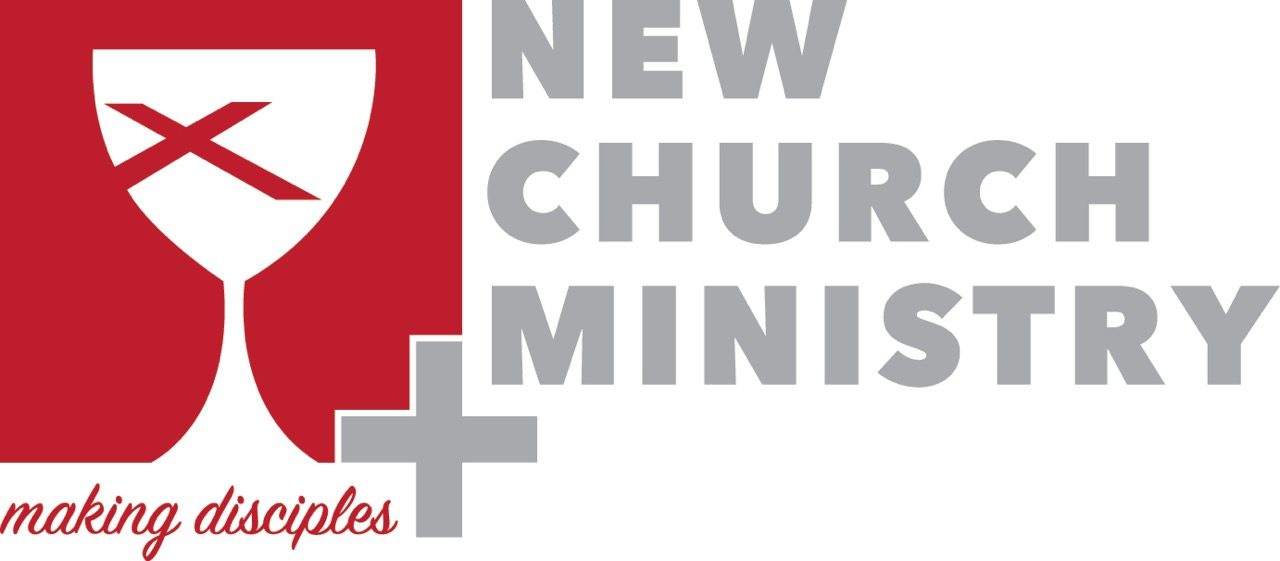A condensed version of this post appeared in the April 2022 issue of the New Church Know-It-All.
“Every 68 seconds an American is sexually assaulted,” according to the Rape, Abuse & Incest National Network (RAINN). The Canadian Women’s Foundation reports that sexual assault occurs at a rate of 22 incidents per 1,000 people aged 15 and older.
Friends, April is both Sexual Assault Awareness Month and Child Abuse Prevention Month. I imagine you have never heard these statistics on sexual assaults before. They are staggering and eye-opening. I believe there are five main reasons why we never discuss statistics like this.
- Fear, we are afraid of speaking out about things we cannot see, especially if they are subversive and taboo. If we don’t talk about them, then they don’t exist.
- Shame, we feel as though we could shame abusers or the abused if we speak about the pain that lurks in the shadows.
- Disbelief, we are comforted by our inability to see the trauma and pain that some folks are holding in the silence in our own communities.
- Normativity, we are lulled into the media narrative that abuse is a part of our normative social landscape.
- Responsibility Shifting, we believe this is not a ministry we are called to, that someone else is doing this work and that is enough. The sexual assault that occurs every 68 seconds is not the fault of the victims, it is ours. We must all do this work, because abuse is thriving in the shadows and we have the light!
You might be asking “How can we impact child abuse prevention?” Here are a few ways:
- know what child abuse is, report it, educate yourself and others, teach children their rights, invest in kids and volunteer.
- Consider creating space for education and healing in your sanctuary. I created a space called the Sanc Tea Ary, where I have curated abuse recovery books, journals, art supplies, tea and local resources for individuals who are trying to navigate toxic situations.
Maybe you haven’t felt equipped to start a “Movement for Wholeness” in your community. If so, please take a look at these resources for education and support:
- Sojourner’s website provides resources for preaching on abuse
- The Dinah Project is a book on the church’s response to sexual assault
- Learn about trauma bonds here
- Help youth understand the problematic messaging in predatory romance and the trope of stalking as a romantic gesture in cinema
- For Sexual Assault response support, visit the RAINN website.
- Learn about the impact of Adverse Childhood Experiences
- The Courage to Heal is a book on healing from sexual trauma
I want to assure you that speaking out, preaching, and teaching on these topics offers folks the strength and space to shed shame and feel seen.
We have the ability and responsibility to shift the normative comfortability with abuse in our lifetime. Clergy colleagues, we belong to one of the largest institutions with offices (sanctuaries) all over our countries. We are poised to “Set the captives free” as clarified in Luke 4:18. We are the denomination that lives into the promise that we are a “Movement for wholeness in a fragmented world.” No one is more fragmented than a victim of abuse. As always, I recommend that you increase your understanding of complex abuse dynamics before offering counseling. It is easy to say the wrong thing. You can find my clergy training offering here.

Courtney Armento is driven to inspire the power of community to create systemic change, in that vein, she co-authored resolution GA-1928, A Call to See and Respond to the Crisis of Domestic and Intimate Partner Violence. This resolution is a call to action for the whole church around education, support and reduction of violence at every level of the church and community. Currently, due to the subversive nature of abuse, leaders do not believe that abuse is happening in their communities. Courtney is intentionally Un*Unsilencing Domestic Violence with her clergy and community training curriculum. You can find out more about her work and resources at Tethered1.org. Check out her social media for more on Instagram and Facebook.

2 thoughts on “How the church can respond to sexual assault”